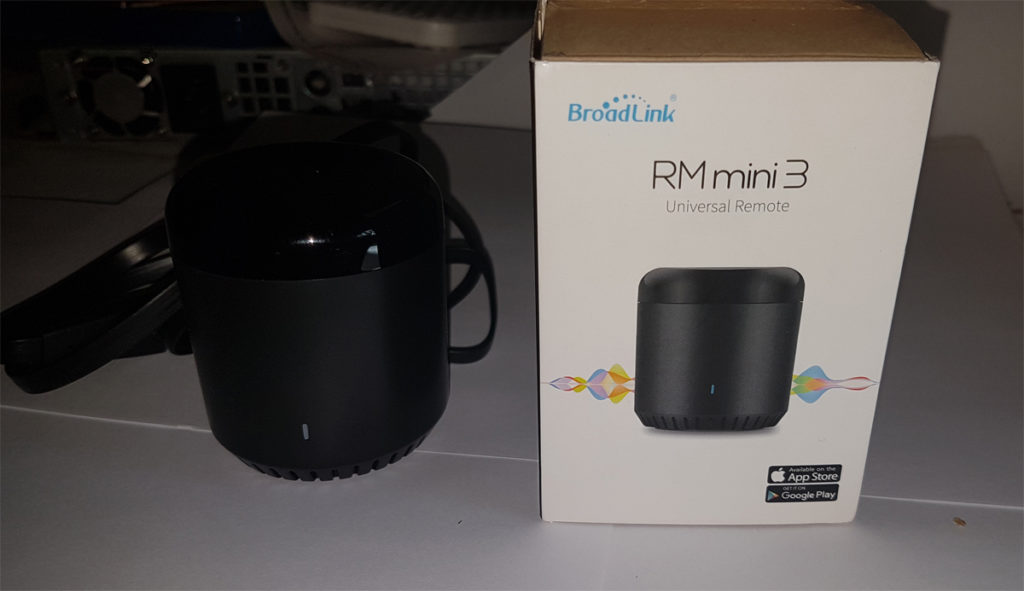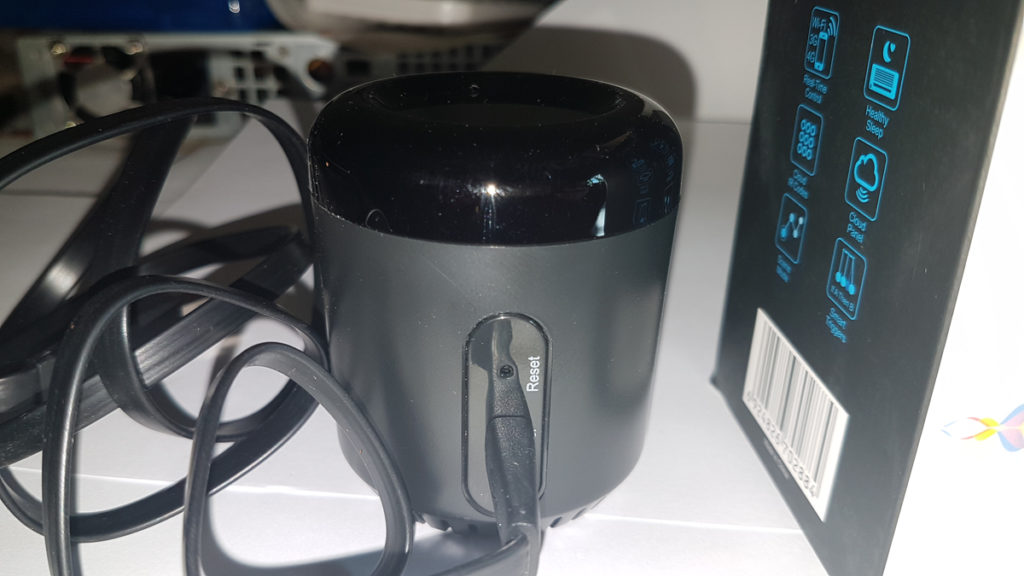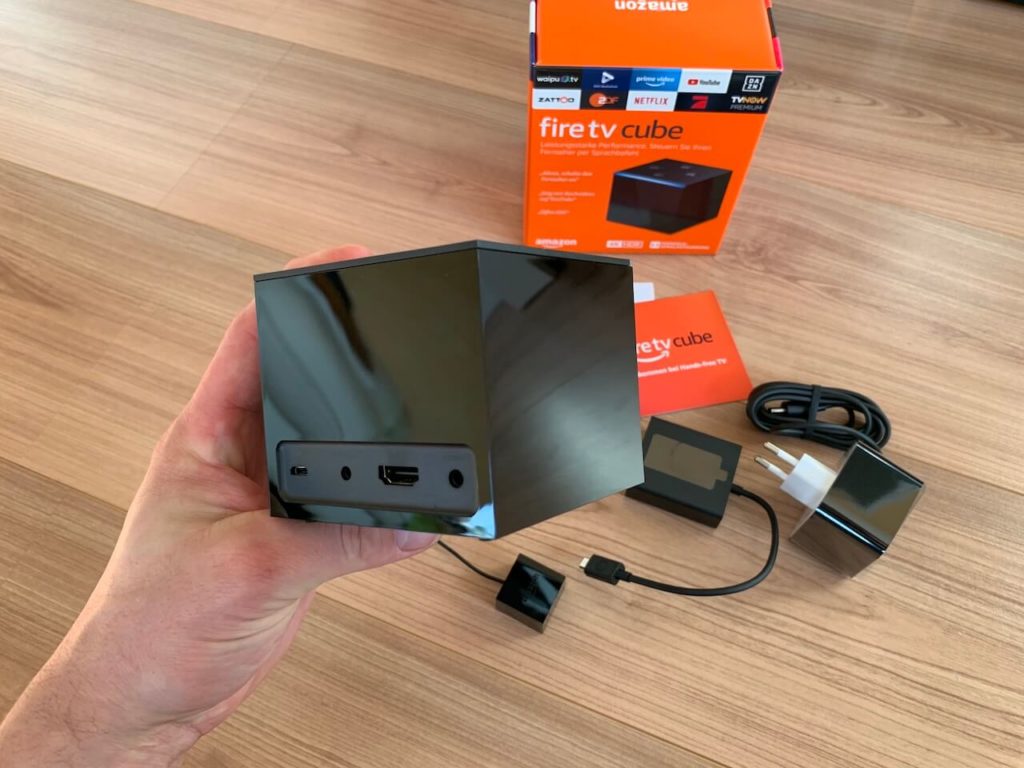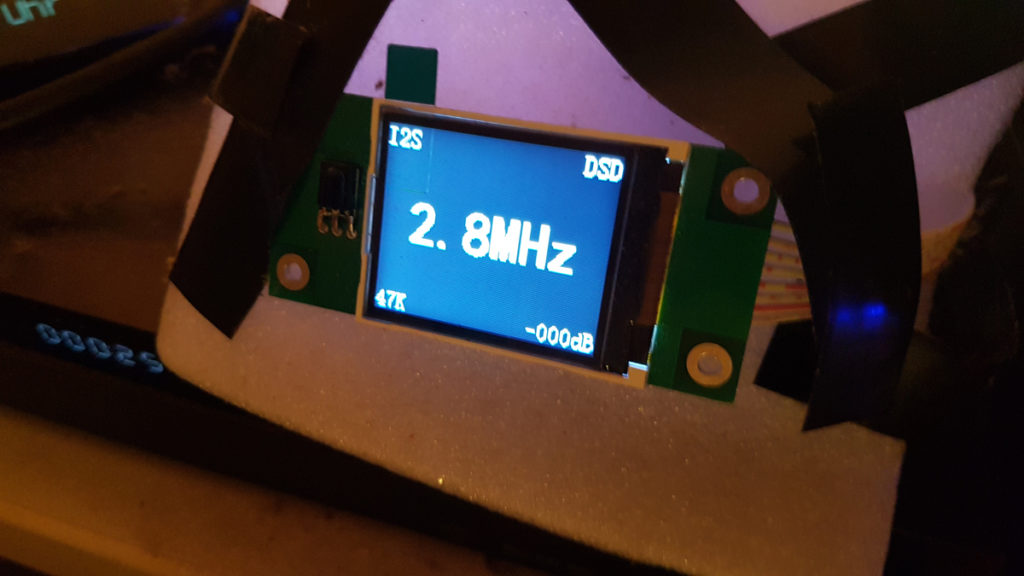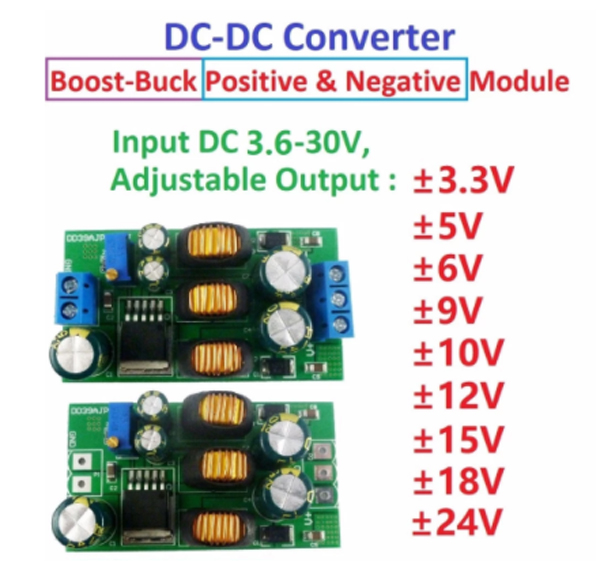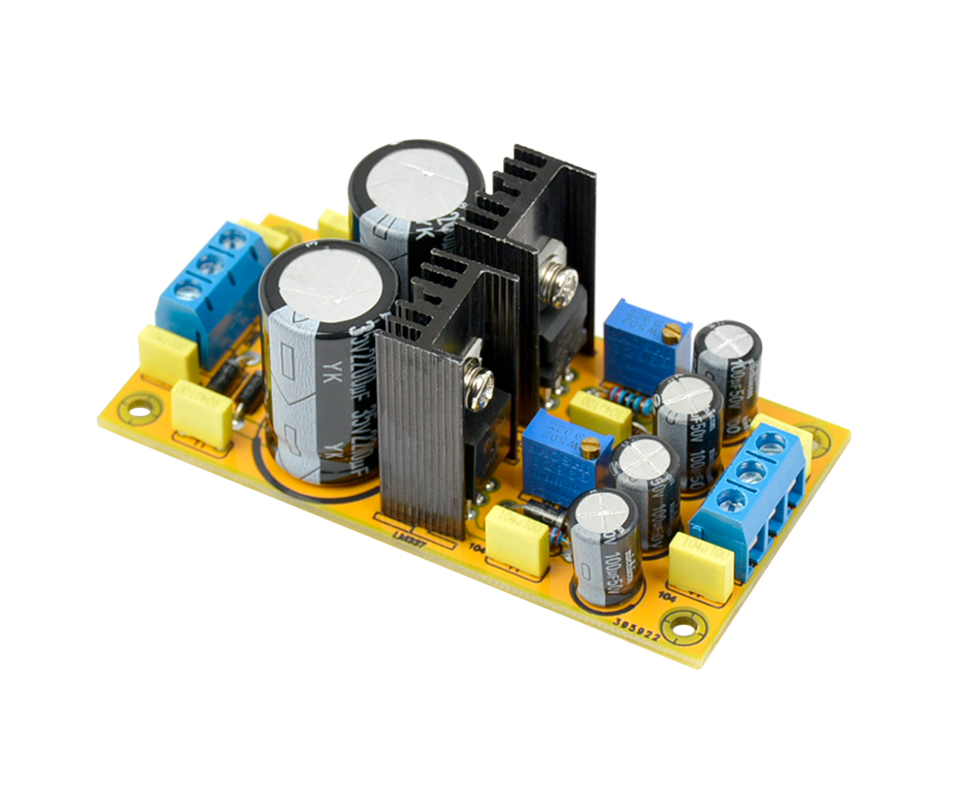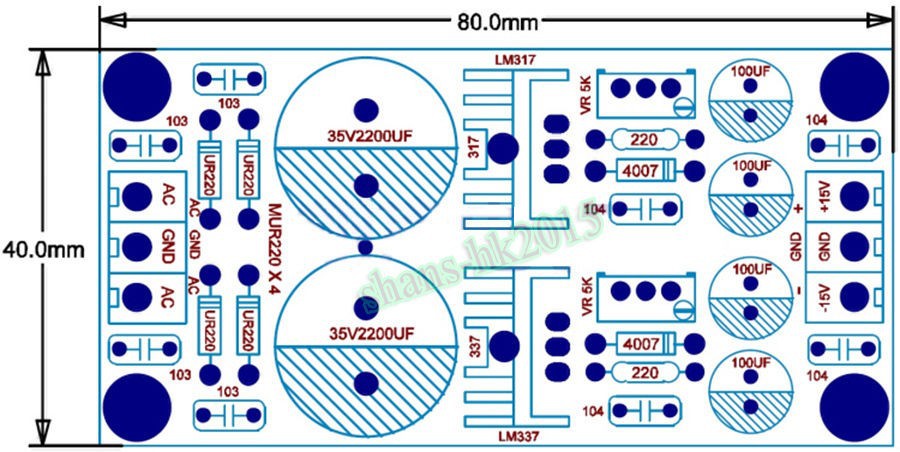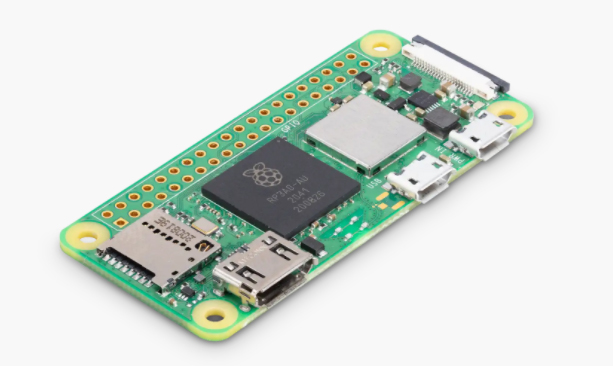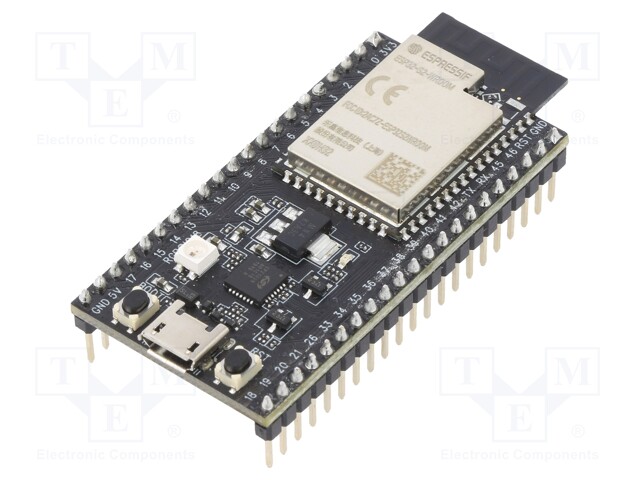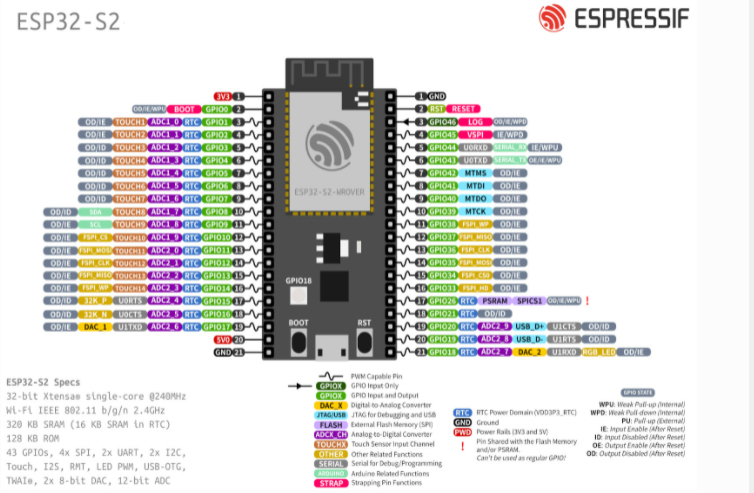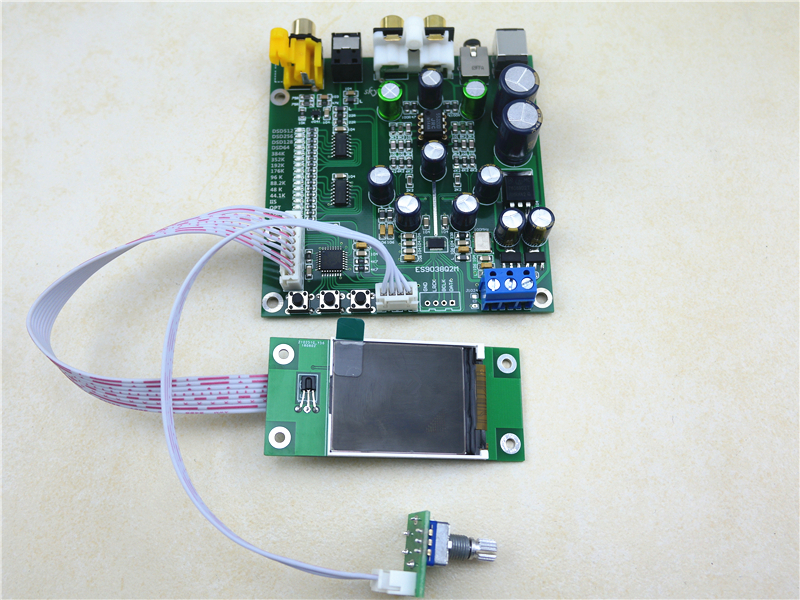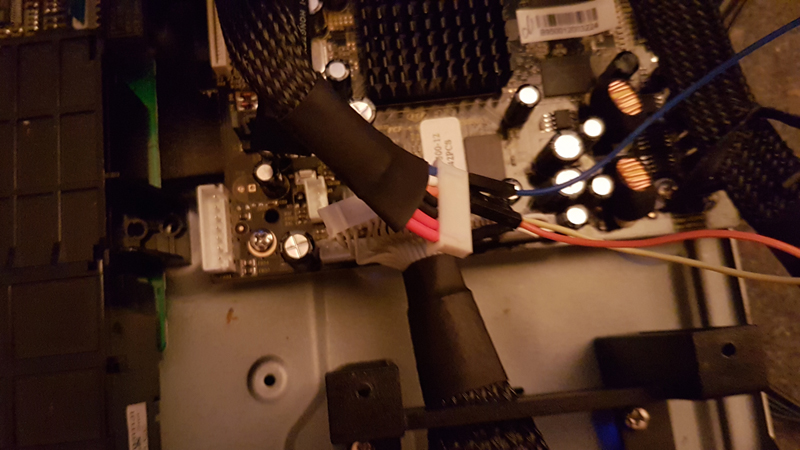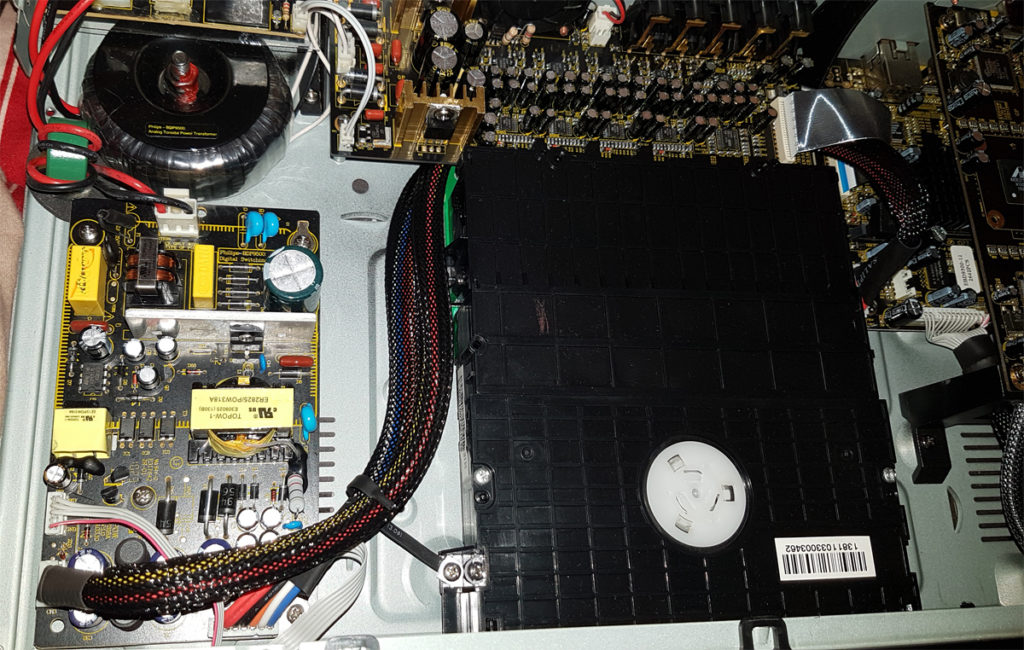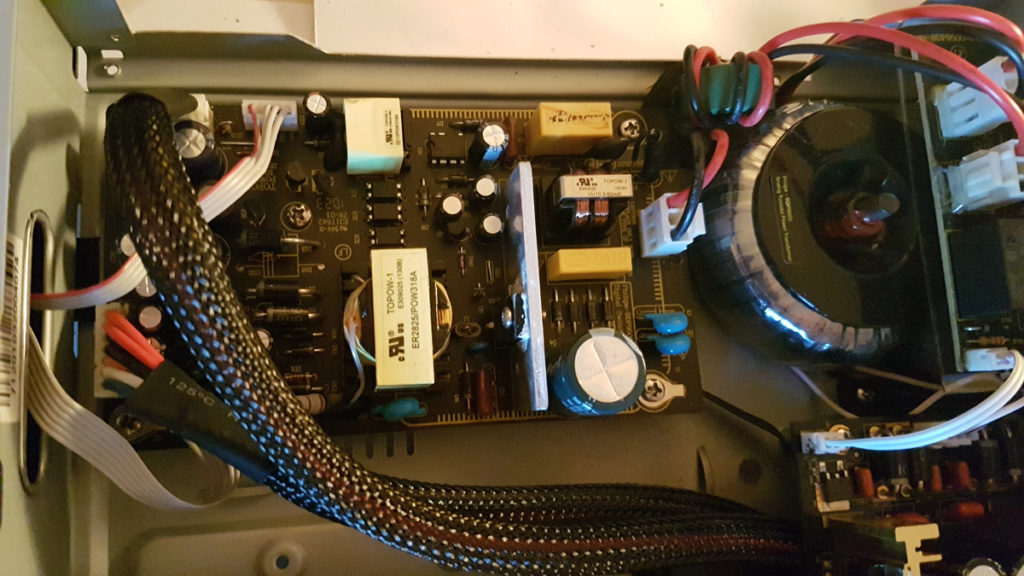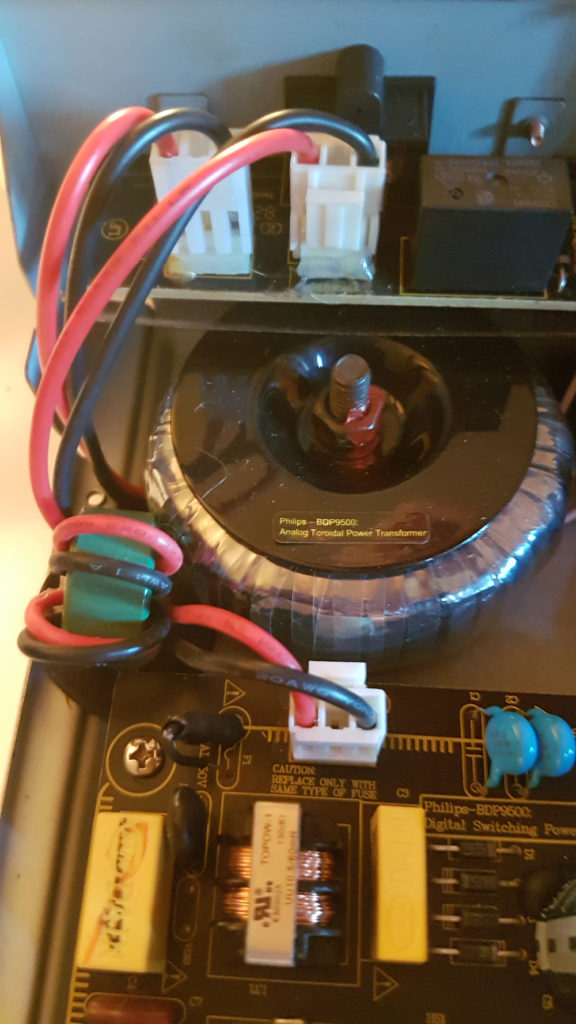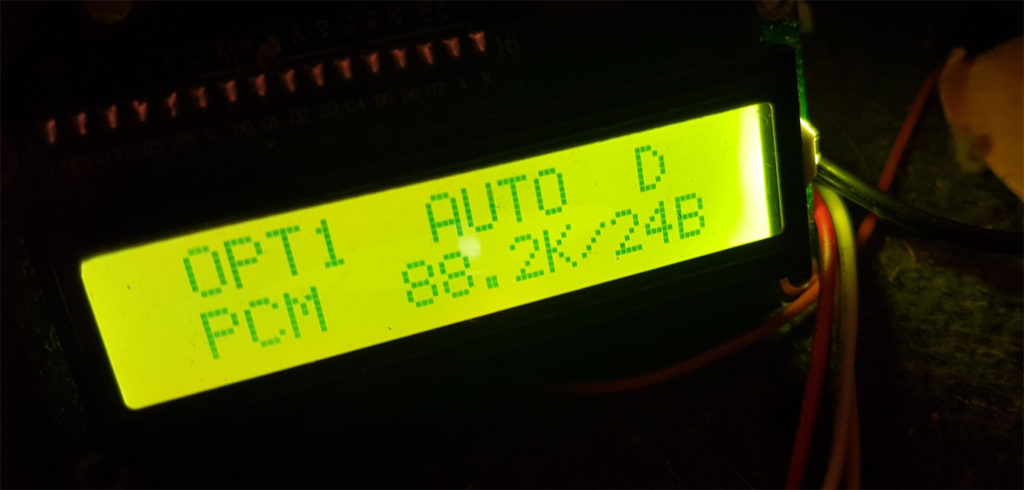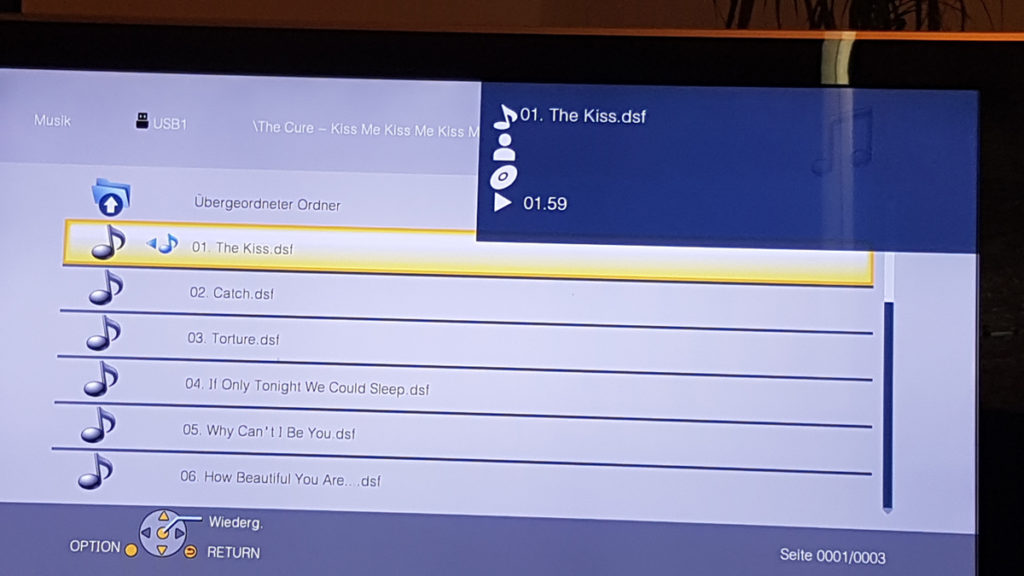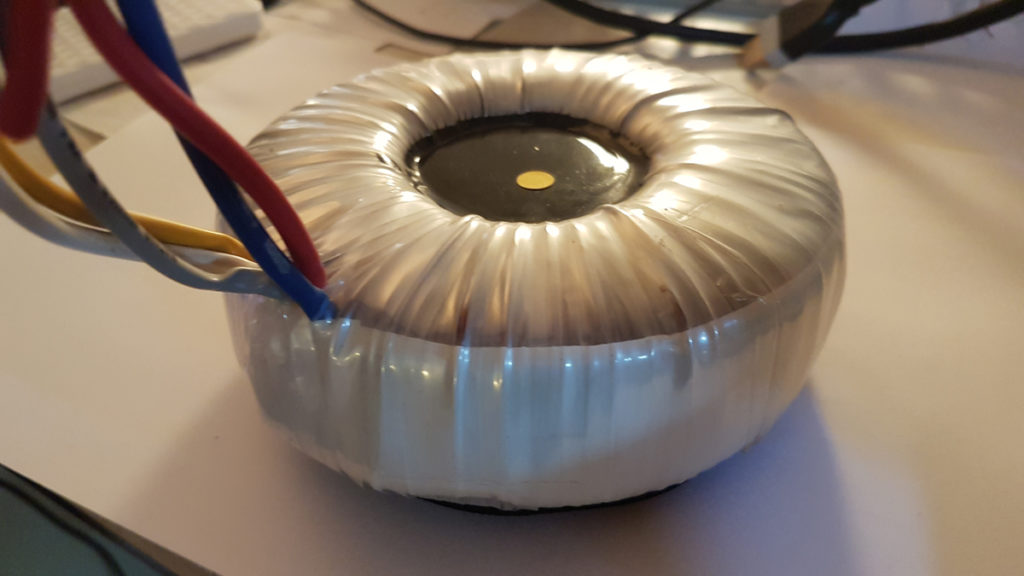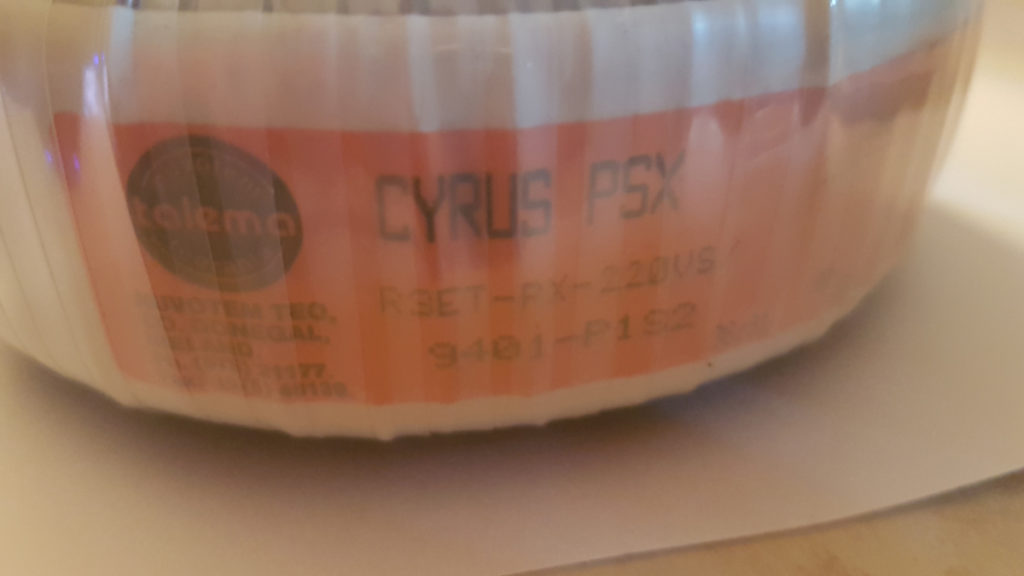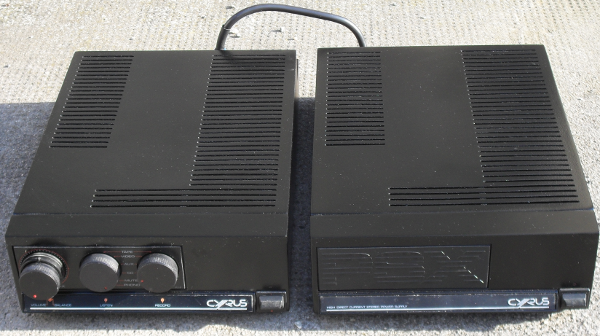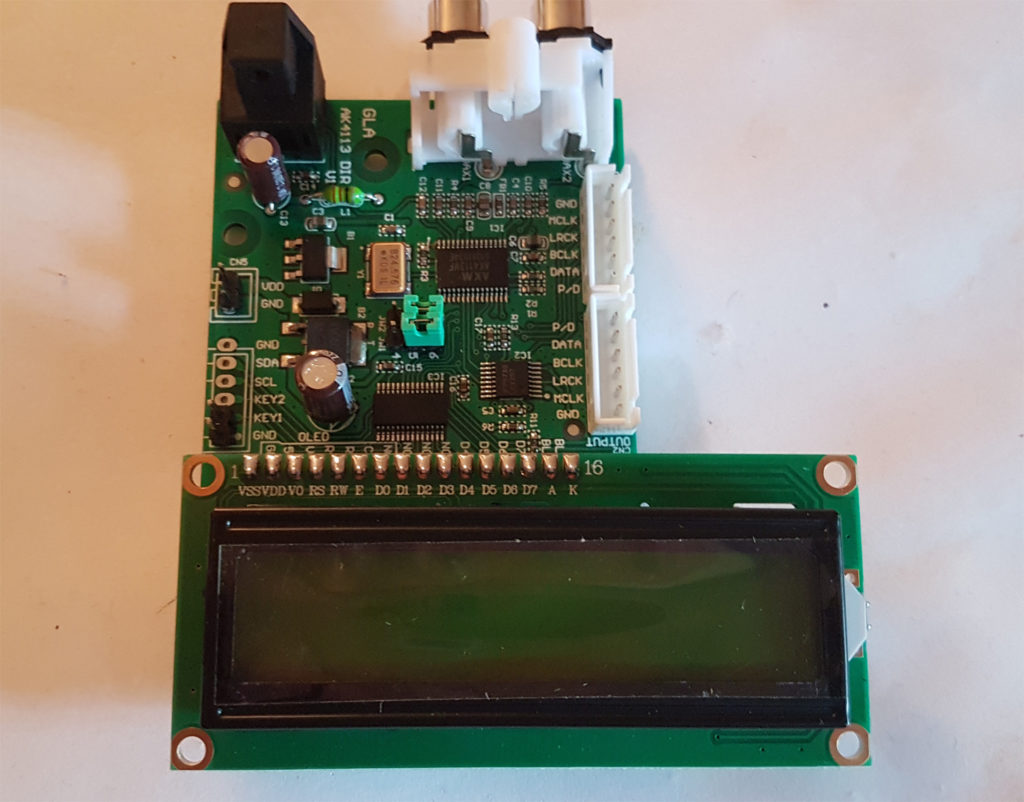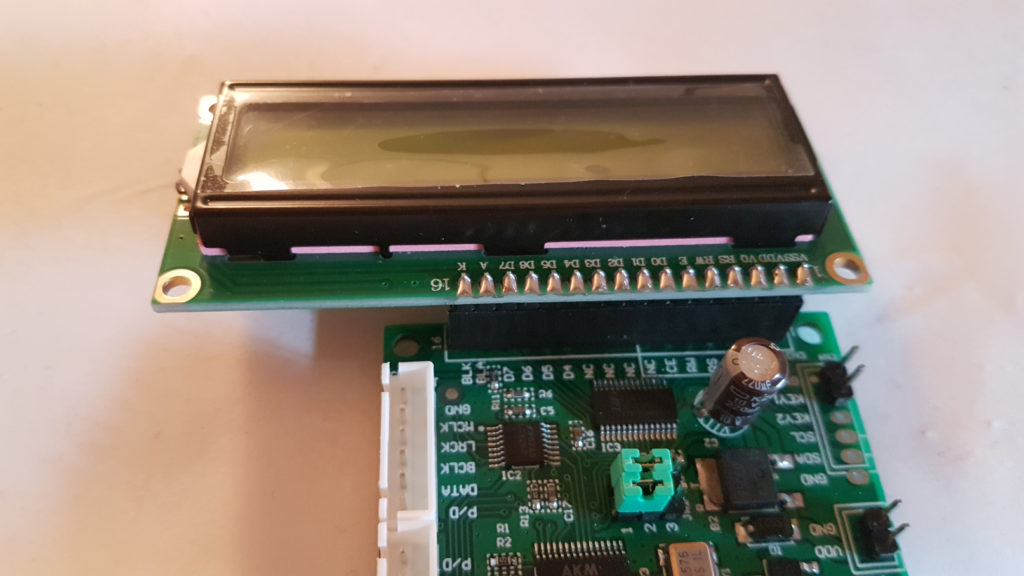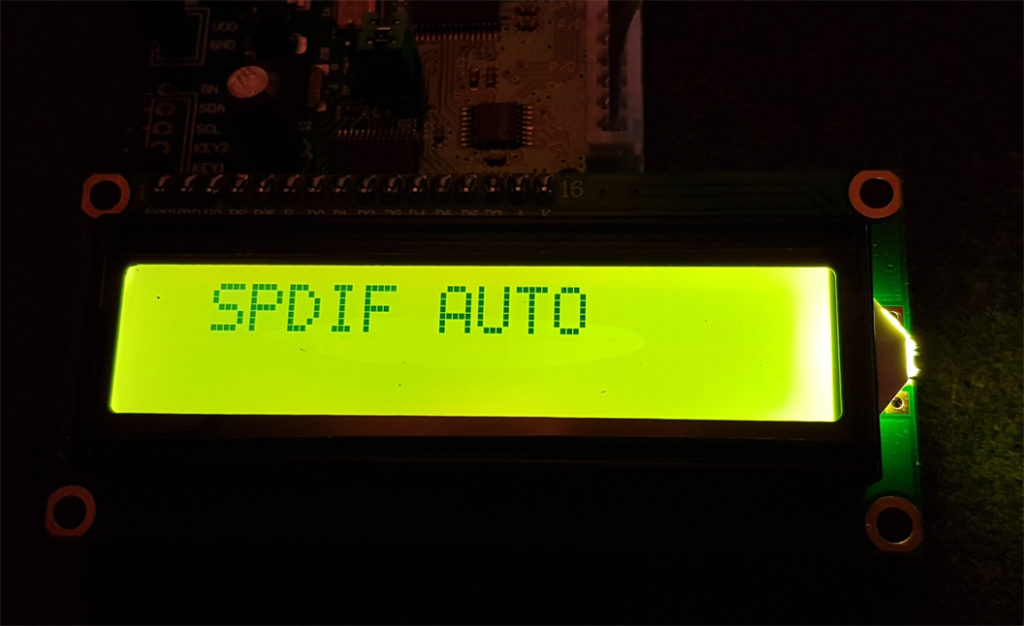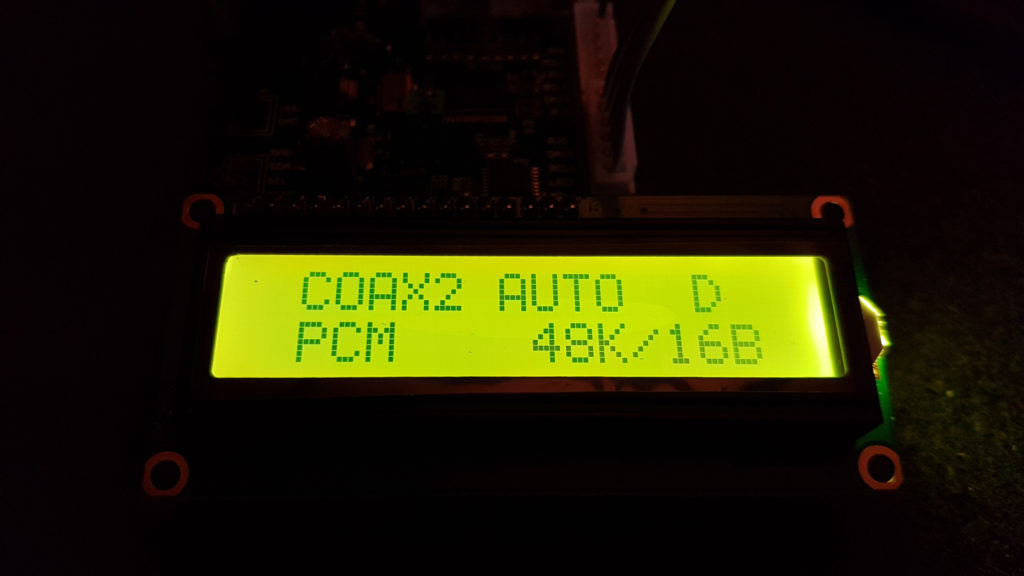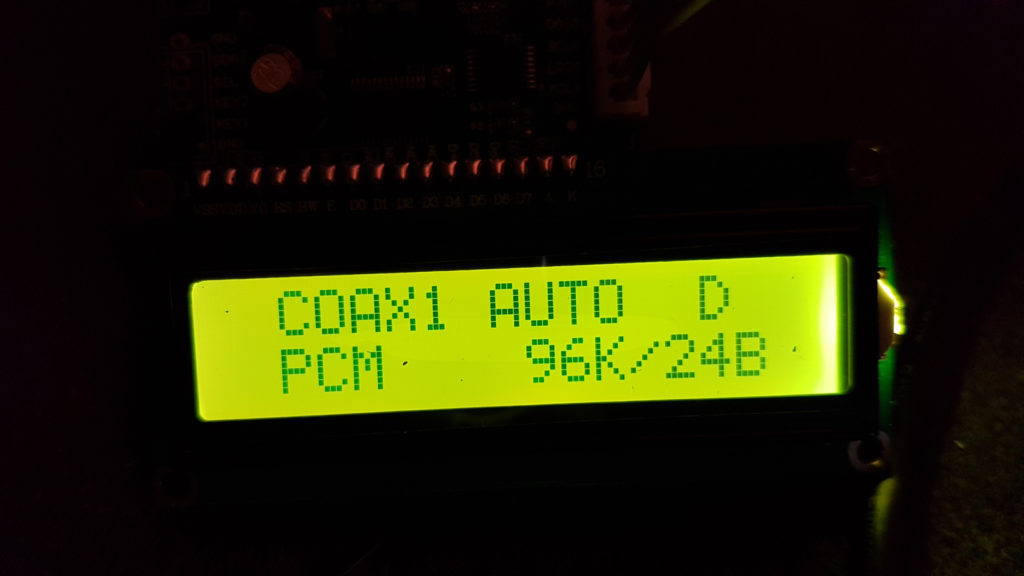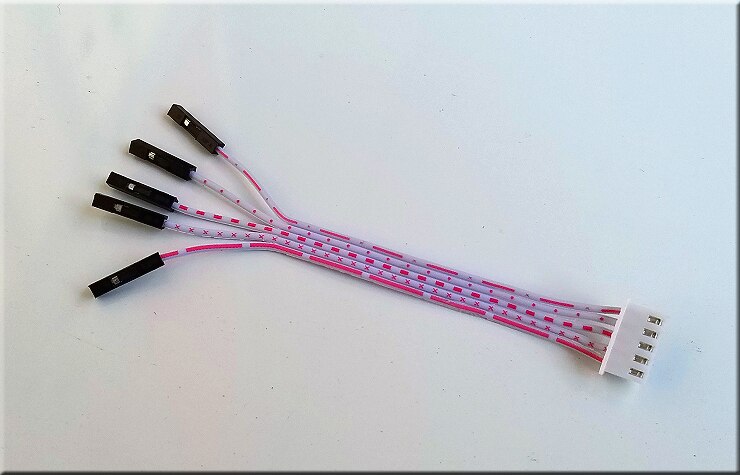Cambridge Audio (or other) IR-repeater Option 5 / Broadlink RMmini3 / Fire TV Cube (2.Gen)
so, folks 😉
unfortunately nothing new from here concerning ES9038Q2Ms (or audio-sound-wise) but got today some “Broadlink RMmini3” for cheap (7,50€ incl.shipping/Ebay, “normal” about ca. 20€) to test out the “Alexa” (-uuaargh ;-( )-functionality of my new bought Amazon-Fire-TV-Cube (was on “easter-sale” on Amazon, 60€ instead of 120€ (more later))..
i primarily wanted to use the RM3mini as an alternative for my Cambridge-Audio IR-remote which is really,really bad in terms of ir-range (i think 3cm max directly right in front of the amp 😉 )..
I´ve made 4 “tutorials” of this, “Cambridge IR-repeater”->http://essabre-90xx-rpi.sfb2.com/?s=cambridge+audio, first via bluetooth (DIY), then “web-controlled” (html), third with some mqtt-broker-thing on a Pi, and then “over-simple”, only with an Arduino, some ir-transmitter + -receiver +some dupont-cable->http://essabre-90xx-rpi.sfb2.com/?p=1939,
and now i thought, i say “Volume down” or “Aux” in the firecube remote and the RM3mini will do it (more maybe later)..
okay, got it today, and it has really a superb ir-coverage (there a 5 or 6 led-transmitter in it), the apps according to it (“Broadlink IR-remote” etc..) are a little bit tricky to install, but the “learning-procedure” (in using the buttons on the original remote) itself is very simple..
fine..u have a great “template”-collection, i used a very simple one (see above) but u can easily customize it..
so, just started the “Alexa”-integration with the “Broadlink”-Skill, but its a bit more complicated then for 5 minutes..
okay, now to the Fire-TV-Cube (2.Gen)->absolutely greater video (+20% compared to Fire-Stick 4K)-quality (“deeper” colors + contrast) + also audio is much better..
in these Fire-Cube 4Ks is some Amlogic S922x with 6-core and 2GB Ram..these Amlogic S922x were the “high-end-boards” of the other Android-TV-Boxes..got years ago 2 of them here (and still) , the first also had some spdif-output and could play flac-files up to 96khz or 192khz (which was not common in the early times of mini-media-player (“WD-player”, Asus O-play and such) and i used Kodi on these boxes..(okay, now with all the “HDMI”-tutorials here on the site, u can still get a good clean sound/tune out of it)..
anyway, “Kodi V19.4 (ARMv7/32bit)” runs absolutely great, fast and very good on these 4K-Cubes (as said 6-core, 2GB Ram)..
and because Kodi runs so absolutely smooth, i thought about to “pimp-up” the audio-line a little bit (besides the normal HDMI-output), and i knew that these Amlogic 922x also has some I2S-output (original design) but on the Amazon-Cube-board its after the first “check” not available/disabled/not carried out->
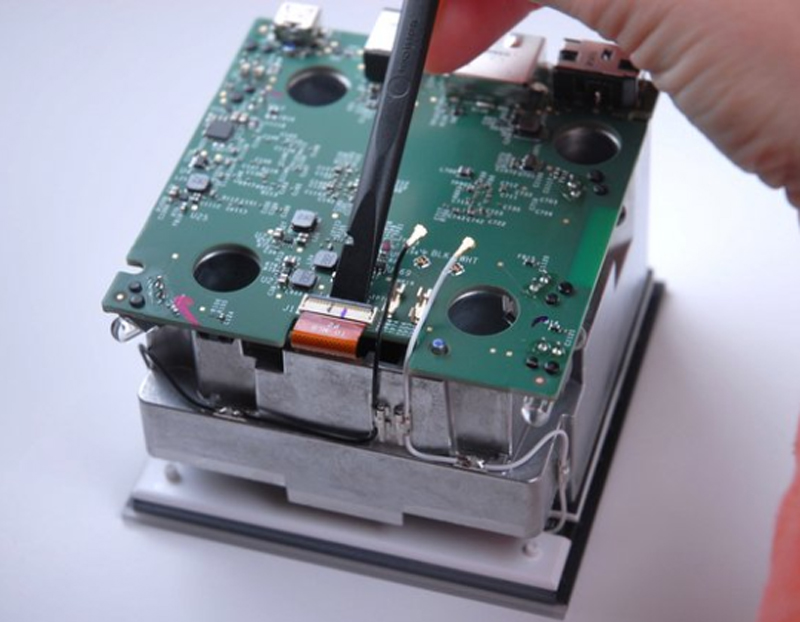
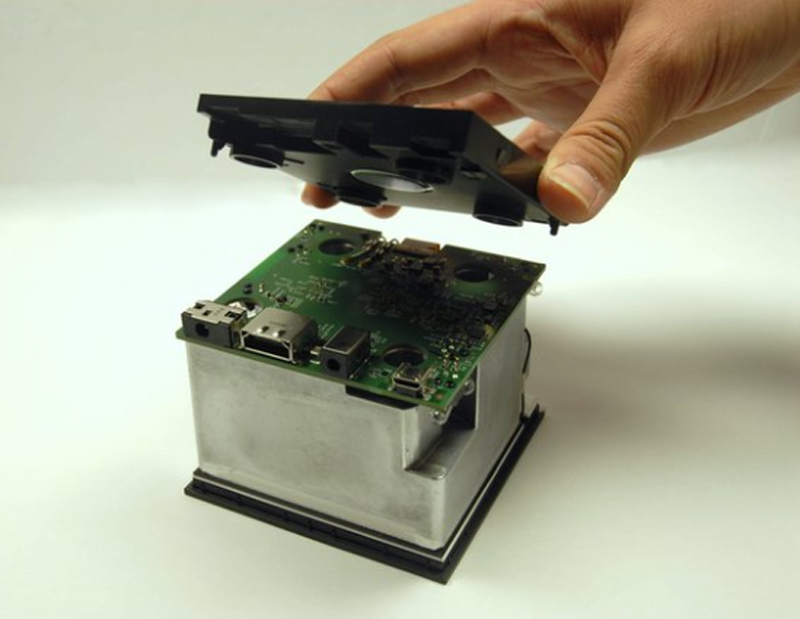 (more here -> https://de.ifixit.com/Anleitung/Amazon+Fire+TV+Cube+Motherboard+Replacement/116369)
(more here -> https://de.ifixit.com/Anleitung/Amazon+Fire+TV+Cube+Motherboard+Replacement/116369)
anyway, we could use (with the help of our great “HDMI”-tutorials here 😉 ) the hdmi-output with some hdmi-audio-extractor to I2S and tell Kodi to put it out “native”/bit-correct/”hdmi-passthrough”..(havent check it out here at present)..
so, that was it for now, as said “hi-fi”-bricolage (with case,toroidal,es9038q2m) is a little bit on hold but i´ll post then maybe more about it..
but many greets and have a happy easter !! 😉


